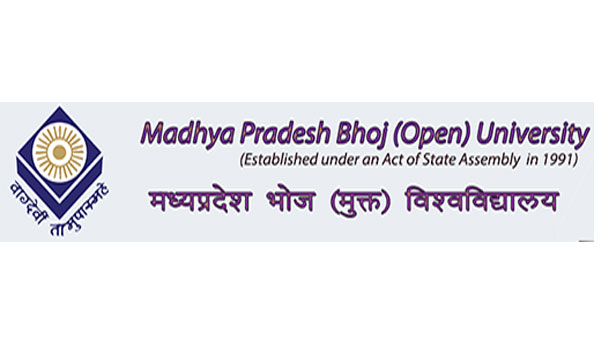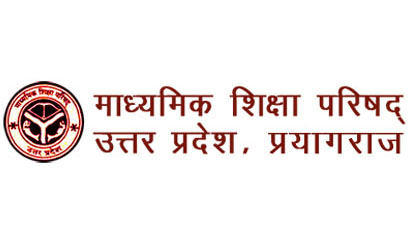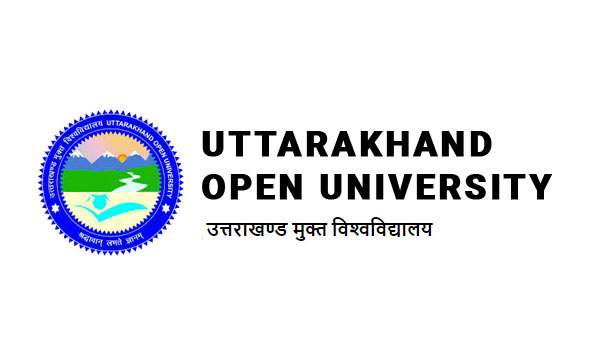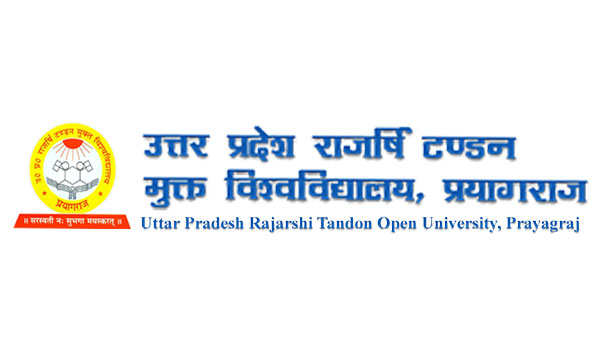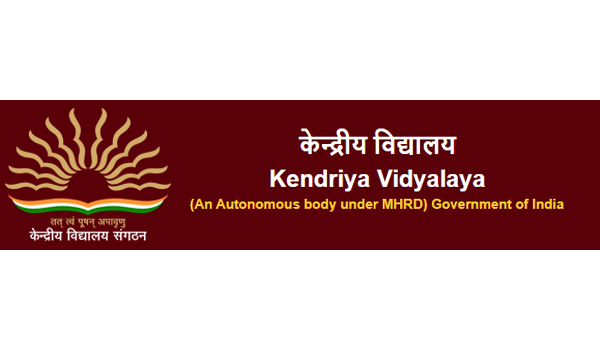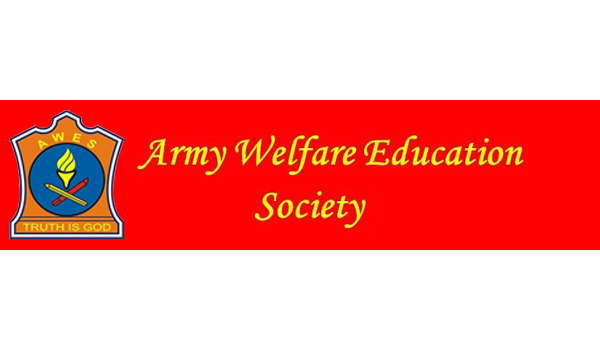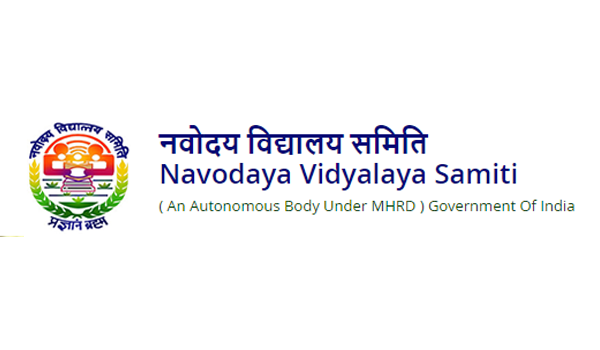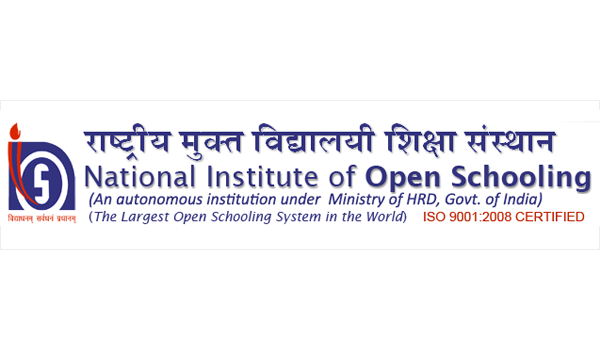National Assessment for Scientific Temperament & Aptitude (NASTA) includes a range of specific subjects at grades 5th to 10th to provide a comprehensive look at the wide array of academic areas that are a part of a student's education.

What is it like for students and schools to participate in NASTA?
NASTA is administered offline/online to students during regular school hours. Each student is assessed on the different attributes of NASTA. Students spend between 90 and 120 minutes taking the assessment. Student responses on NASTA are private, and the privacy of each participating school and student is essential. KAMP Planning & Monitoring Committee sets the NASTA policy, determines the assessment schedule, and what content should be measured. NASTA will be administered in English, Hindi, or other regional languages. All students/schools of CBSE, ICSE/ISC, Other State Boards, and other institutions can participate in NASTA.
ASSESSMENT INDICATORS
NASTA indicators involve means and methods to reach scientific information and thus allows the student to think scientifically. The science process occurs naturally, spontaneously in our minds. By logically breaking down the steps in our thinking, we use the scientific process to find out how to answer our questions about how the world works. National Assessment for Scientific Temperament & Aptitude includes the following attributes:
NASTA introduces the career advisory and aptitude assessment for senior students of schools and other institutions. NASTA assess the awareness and aptitude for senior students. Individuals differ from each other in terms of psychological dimensions such as ability, interest, aptitude, personality motivation and emotions. Aptitude is one such dimension which refers to the ability to acquire skill or knowledge in a particular area. NASTA results help the students to revalidate their choices and interest areas to excel in future. It gives ample time to the students to indulge in self-explanation and self-preparation in academics as well as in exploring the world.
ASSESSMENT INDICATORS
-
a. MECHANICAL REASONING: It is the ability to understand and apply mechanical concepts and principles to solve problems. It assess the areas of acceleration, pressure, energy transformation, work and power, levers, pulleys, screws, springs, tools etc.
-
b. MATHEMATICAL REASONING It refers to understanding numerical relationships and applying the same to the issue/problem. It assesses how well a student is able to solve problems covering four arithmetic operations like addition, subtraction, multiplication and division. It also covers areas like ratio, percentage, square and square root, cube and cube root, number sequence, factorization, linear equation, work and speed etc.
-
c. DIGITAL LITERACY: Digital literacy refers to an individual's ability to find, evaluate, and compose clear information through writing and other media on various digital platforms. Digital literacy is evaluated by an individual's grammar, composition, typing skills and ability to produce text, images, audio and designs using technology.
-
d. SPATIAL APTITUDE: It is related to the capacity to mentally manipulate actual materials through imagining. It is the ability to judge how an object would look like when constructed in a given way.
-
e. LANGUAGE APTITUDE: It is concerned with a person’s ability to use and understand written language. This assess how well a student understand words and their synonyms, spell the word correctly and identifies the correct meaning of the given idioms/proverbs.
-
f. PERCEPTUAL APTITUDE: It refers to a person’s ability to quickly, accurately and meaningfully compare visual information like numbers, objects, pictures or patterns. It assesses how students compare the paired groups of letters or numbers and identify the similarities or differences.
-
g. ABSTRACT REASONING: It refers to a person’s ability for logical and analytical thinking. It is non-verbal and assesses how well students can reason and logically relate geometric shapes or designs. Series and sequences based questions are included in abstract reasoning.
-
h. VERBAL REASONING: It is the ability to understand and reason using concepts expressed in words. It evaluated a student’s ability to think constructively with words. It assesses the ability to understand concepts and relationships that are underlying a word pair, finding the missing word in a pair with similar concepts and relationship.
